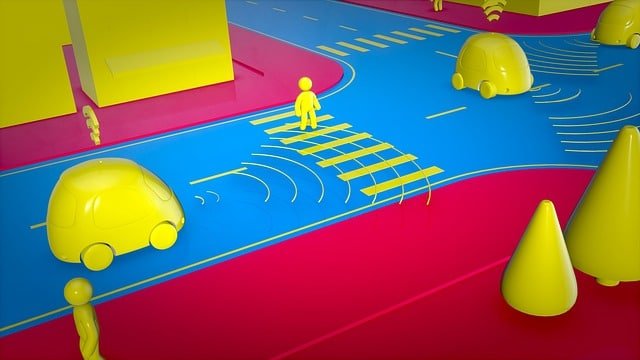At this time and age, most people prefer to let their cars drive themselves. This does not mean that accidents reduce. If any, accident rates continue to increase all over the world. Should you get involved in an accident caused by a self-driving car, you tend to wonder who should be responsible for the accident. However, the legal aspects of vehicles and accidents are straightforward on manufacturers’ and owners’ liabilities. If you’re wondering, self-driving vehicles are a thing of today: what happens after an accident, read on to find more details:
Disclosure this article contains sponsored content.
You Can Sue the Owners and Manufacturers
While the safety regulation of driverless cars is so murky, the liability and responsibility of an accident ultimately stops at the owner or the manufacturer of the car. Furthermore, there is no single federal law governing driverless cars, different states have customized their laws to know who to hold liable after an accident.
For instance, California’s department of motor vehicles only allows driverless cars on the road after testing them. Engineers test these cars for autonomy and public safety. Likewise, Arizona has an updated law on who to hold accountable when a driverless car causes an accident.
This implies that different states have their unique ways of handling accidents related to self-driving cars. To be sure about your respective state laws, personal injury lawyers at Hamparyan advise that you seek help from a self driving car attorney in San Diego to understand the legal implications of your case. Choose an attorney that has a lot of experience in handling similar cases like yours. Such an attorney can help you find who is at fault and further help you pursue adequate compensation.
Understand the Human Element
In as much as it is a self-driving car, there is a human element behind the scenes. The vehicle belongs to somebody and provided the car owner is aware that his/her car is on the road, you should hold him/her liable when the car causes an accident.
If the car is behaving negligently, running red lights, and ultimately collides with another car then you should hold the negligent driver accountable. Similarly, should the car cause an accident because of some manufacturing defects, you can sue the manufacturer of the car. If this happens, you will use the product liability argument as the theory of fault to accuse the car manufacturer.
Think About Other Potential Liability Issues
Before you rush out to file a claim, ask yourself whether you contributed to the accident. For instance, some pedestrians and road users can be tempted to take selfies with driverless cars. If you also do this, then you can also be accountable for causing the accident.
If the supervisor failed to stop the car on time because they were busy with other things, you can sue them for their negligence. The remote driver at most times is responsible for any accidents caused. He/she should be on the vehicle’s radar and should assess the road conditions before allowing the car to move.
Note that poor roads can also cause accidents. Therefore when the intersections where the accident happened are confusing, the road authorities can be responsible. Always observe the conditions at which the accident occurred so that you can tell who is at fault.
Understand the Levels of Automaton
The level zero automaton level involves basic features like cruise alone. Level one automaton accidents always make the controller liable for failing to assist the car with the right cameras and radars. Similarly, level two automata involves partial automata. This level helps the vehicle with steering and speed control. However, the driver’s hands must be off the wheel.
Level two automata are more suitable for slow traffic and can center the car to one lane. There’s also the level three conditional automaton in which the vehicle drives itself under certain predetermined conditions. However, the driver must remain behind the wheels and should take over immediately if he/she notices the need for an intervention.
Level four automaton is also called the high automaton level and involves vehicles driving themselves without any human interaction. The vehicles must however be restricted to familiar activities. These cars must also drive themselves on good road status.
Finally, the level five automaton otherwise known as the full automaton level involves autonomous cars operating fully independently. At this level, cars can move through any road condition without any human intervention. Depending on the level of automation the driverless car was in at the time of the accident, you can attach liability to different people.
The long and short of getting compensation when you are involved in an accident caused by a self-driving car is a liability. Understand when the driver, the manufacturer, or the car owner is liable for causing the accident. Understanding the five levels of automation can also help you attach liability.










